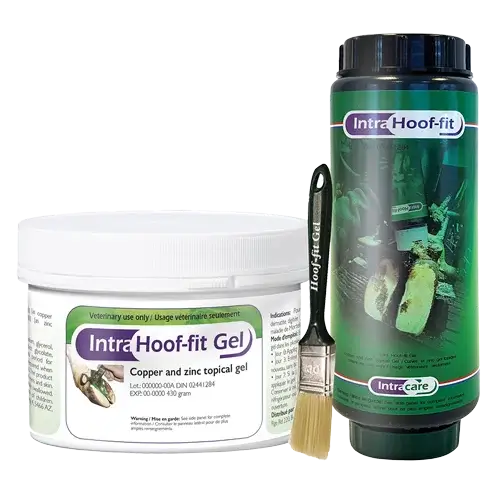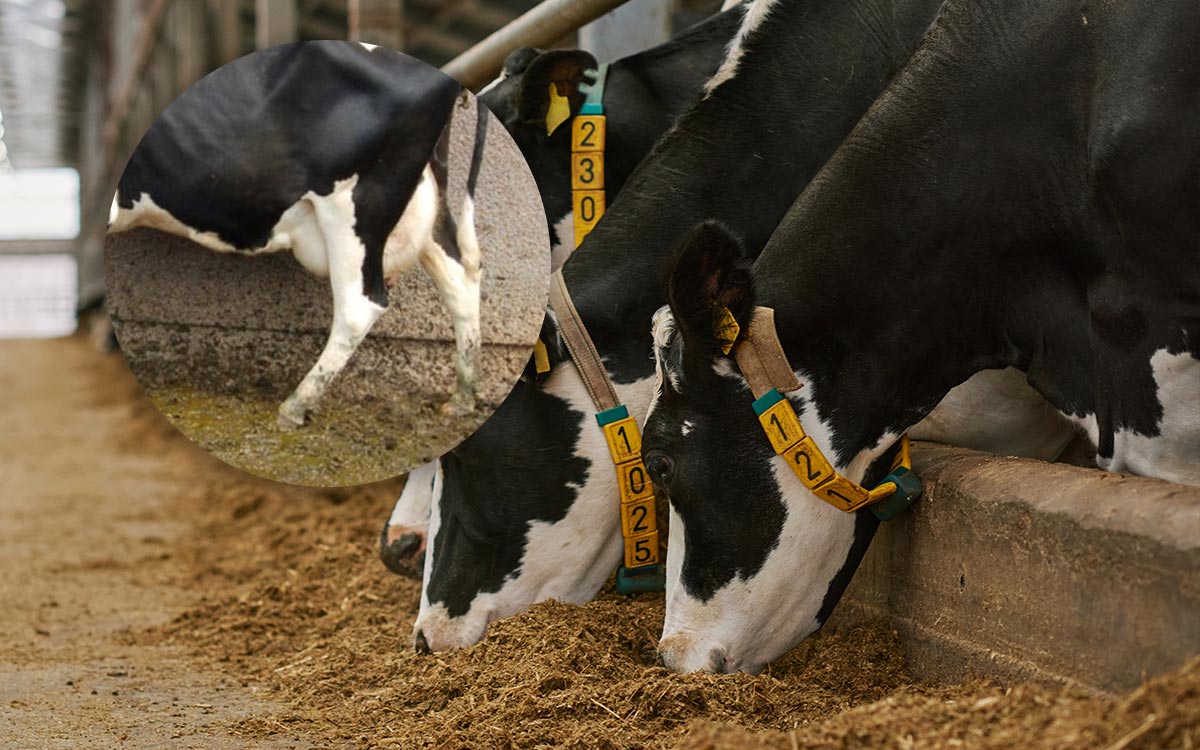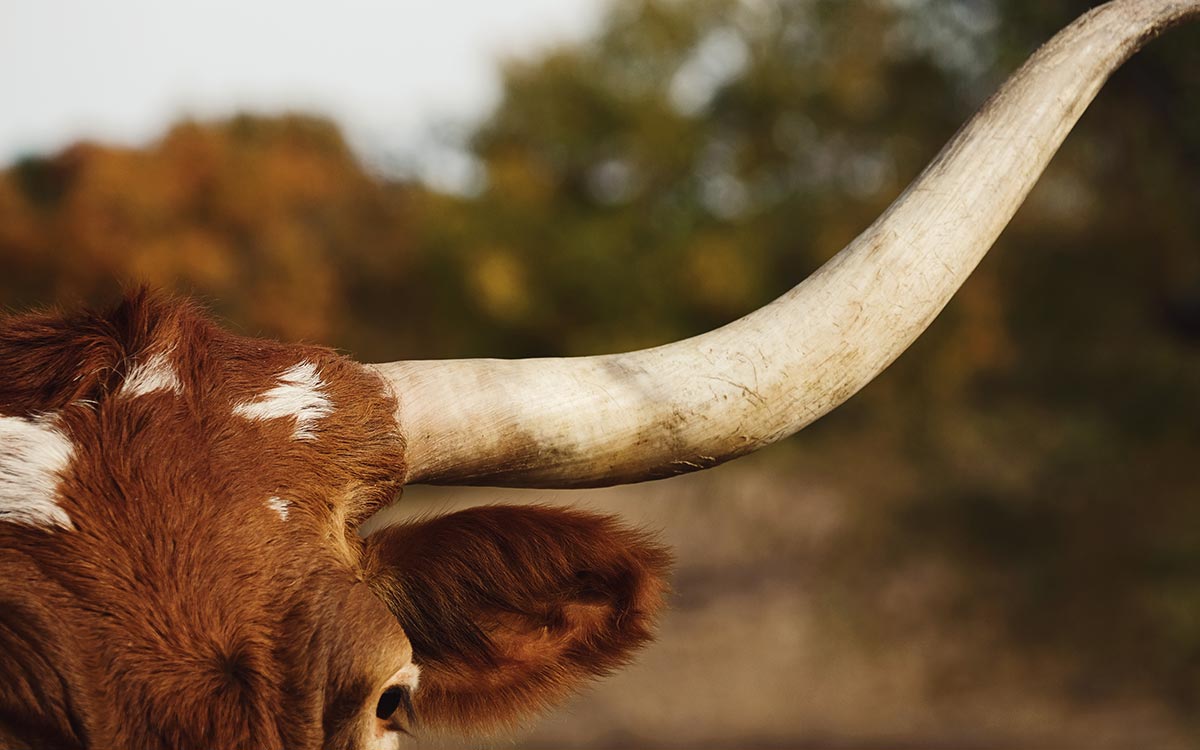Table of Contents
Hairy Heel Warts, also known as digital dermatitis (DD) or Mortelaro disease, can significantly impact cattle’s overall health and productivity. This article explores effective prevention strategies and treatment protocols for managing this common hoof condition. By understanding the impact of digital dermatitis on claw health and recognizing early signs, we can collaborate with farmers, veterinarians, and hoof trimmers to control and prevent its spread.
To prevent chronic Hairy Heel Warts in your cows, here’s what you need to do: Keep their walking areas clean and dry, trim hooves regularly, and treat problems quickly. Use footbaths or a spraying method to prevent reoccurrence. Work with vets and hoof trimmers to create a solid plan focusing on hygiene, diet, and biosecurity.
Table of Contents
Taking Control of Hairy Heel Warts: Prevention and Early Treatment Protocols
Hairy Heel Warts are a highly contagious bacterial infection caused by the Treponema family, affecting the skin around cattle hooves. This condition can cause pain, lameness, reduced mobility, and decreased milk production. Understanding the impact of Hairy Heel Warts on claw health is crucial for implementing effective prevention strategies.
If left untreated, lesions progress to a chronic proliferative stage, giving them a rough, ‘hairy’ appearance, which is how they get their name. These chronic cases are reservoirs and flare up when the conditions allow, and you will observe a continuous cycle of hoof challenges. Professor Dr. Dopfor has written an interesting article about her findings about the chronic hairy heel warts problem. Her crucial observation is to prevent them from happening by recognizing the lesions, treating them early, and not using harsh and corrosive products.

Understanding the Impact of Hairy Heel Warts on Claw Health
The claws are crucial for a cow’s movement, providing support and balance. When a cow’s hooves are infected with Hairy Heel Warts, it can lead to erosion in the heel and the possibility of sole ulcers, thereby weakening the claw’s structure. This combination can cause lameness and increase the risk of other infections.
As a hoof trimmer, I have frequently noticed that the erosion and ulceration caused by Hairy Heel Warts create an environment conducive to the growth of other harmful bacteria. These secondary infections can further deteriorate the claw health, increase the lameness rate, and reduce the overall well-being of the affected cows.
Hairy Heel Warts can have long-lasting effects on claw health even after treating the infection. The damage caused by the disease can lead to permanent changes in the structure of the claw, making the cow more susceptible to future infections and lameness. Unfortunately, younger cows are often affected by this hoof problem, and if not caught in time, it can have lifelong effects on the animal.
Maintain clean and dry walking surfaces:
Regularly cleaning the walkways and areas where the cows lie down can minimize the spread of bacteria. This cleaning includes removing any accumulated manure or organic matter that can serve as a breeding ground for the bacteria responsible for Hairy Heel Warts. Any low spots in corrals, where water and mud accumulate, are perfect breeding grounds for the DD bacteria.
Quick and fast treatment:
Regular preventative hoof trimming and inspection are essential to identify and address any early signs of infection. If a Hairy Heel Wart is detected, immediate treatment is necessary to prevent its spread and chronicity. We recommend using Intra Hoof-fit Gel, as we’ve had great success with it. This product is registered with a DIN in Canada and does not require milk or meat withdrawal.
Invest in hoof hygiene:
Footbaths containing antimicrobial agents can help control the bacteria responsible for Hairy Heel Warts. Farmers should consult with veterinarians or their hoof trimmers for the appropriate products and protocols – the team at Diamond Hoof Care is ready for you if you would like to discuss your farm’s hoof care challenges.
Optimize nutrition and management:
Ensuring a cow’s well-being involves providing a balanced diet and proper hoof care to reduce its vulnerability to bacterial infections. It is crucial to supply sufficient essential nutrients like zinc and copper to promote healthy hoof growth and bolster the cow’s natural defence mechanisms. Consult with your nutritionist to confirm that the cow’s diet meets its needs.
Implement biosecurity measures:
To prevent the spread of hairy heel warts, it is crucial to limit the introduction of new animals to the herd and isolate any potentially infected individuals. Additionally, practicing good hygiene – like wearing clean boots and gloves when handling cattle – can reduce the risk of transmission. This is especially important for visitors to your farm.
Implementing these prevention strategies can significantly reduce the occurrence and severity of Hairy Heel Warts in your herds. It’s important to note that occasional outbreaks may still occur despite the best prevention measures. Therefore, early detection and prompt treatment are essential for minimizing the impact of Hairy Heel Warts on claw health and overall cattle welfare.
Equipping Yourself with the Knowledge to Recognize Hairy Heel Warts Trends
As a hoof trimmer, I have encountered many hoof problems in my client’s herds and found that early detection is crucial for effective treatment and prevention, especially for Hairy Heel Warts. By staying informed about the early signs and implementing customized prevention and treatment measures, you can minimize the impact of this hoof condition on your herd.
Hairy Heel Warts is a common hoof disease that affects cattle worldwide, including dairy herds and feedlot farms. It is caused by a complex interaction between bacteria, environmental factors, and the cow’s immune response. The disease begins as small, raised, and reddened areas on the skin around the hooves, which can develop into painful and debilitating lesions with long hairs if not treated promptly.
Identifying the early signs of Hairy Heel Warts is crucial to prevent its spread and minimize its impact on the herd. Regular hoof inspections by your herdsman and involving trained professionals such as veterinarians and hoof trimmers can help identify these early signs. These professionals have the knowledge and experience to recognize subtle changes in the hooves that may indicate the onset of Hairy Heel Warts.
Inspect the hooves for signs of redness, swelling, or lesions. These early signs might be overlooked, especially in large herds, but you can become skilled at spotting them with proper training and awareness. By identifying Hairy Heel Warts in its early stages, you can immediately prevent its progression and minimize its impact on the affected cows.

Customized Prevention to optimize and promote hoof health.
Each farm’s strategy for preventing and controlling Hairy Heel Warts may vary based on individual circumstances. You can create a personalized protocol by collaborating closely with veterinarians and hoof trimmers. This protocol may include regular hoof trimming, footbaths or spraying, and targeted treatments for known cases.
Regular hoof trimming is essential for preventing Hairy Heel Warts. Trimming the hooves helps maintain proper hoof health, preventing sole ulcers and other hoof horn diseases. It also reduces the risk of bacterial buildup and infection when heel erosion is present. Trained hoof trimmers can identify any abnormalities or lesions during the trimming process and take appropriate action to address them.
Footbaths, in general, can also play a significant role in preventing and optimizing hoof health. Cows walk through the footbaths once or twice per week, and the solution is to reach the hooves up to the dew claws – about 5-6 inches deep. The frequency and duration of footbaths may vary depending on the farm’s specific needs. For example, the Hoof Sol Bath foot bath additive gets mixed at a ratio of 5% with water. This hoof optimizer has been approved for VHP registration in Canada and can be used on organic farms.
The hoof spraying method is also used on many farms. The Hoof Sol Spray is used in a manual or battery-operated Matabi applicator, and the backs of the hooves of all the cows in the group are sprayed once a week. The Hoof Sol Spray Robot version is used for the same purpose – this product has an optimized viscosity for all robotic sprayers.

Collaborating for Success: Partners in Controlling and Preventing Hairy Heel Warts
Controlling and preventing Hairy Heel Warts requires collaboration among farmers, veterinarians, and hoof trimmers, each playing a crucial role in implementing effective management strategies.
The Role of Farmers in Hairy Heel Warts Prevention
Farmers play a crucial role in maintaining the hoof health of their livestock and can prevent Hairy Heel Warts by taking proactive measures. They can observe the cows daily as they walk through the barn or the pens. These measures include maintaining clean and dry environments, regularly inspecting the hooves, and promptly treating any identified cases of lameness.
Remember to follow these steps: Implement the prevention protocol that was agreed upon, such as timely foot baths and hoof spraying. Provide a balanced diet to strengthen the hoof structure and reduce the risk of Hairy Heel Warts. Communication about your progress is essential. Keep records of hoof care procedures and share them with your professionals, such as hoof trimmers, veterinarians, and nutritionists.

Veterinary Support in Managing Hairy Heel Warts
Veterinarians play a critical role in managing Hairy Heel Warts by providing expertise in diagnosis, treatment, and prevention. They can recommend suitable therapies and advise developing a farm-specific hoof health protocol.
Veterinarians can also conduct regular herd health assessments to identify potential risk factors for Hairy Heel Warts. By analyzing factors such as cow comfort, hygiene practices, and overall herd management, veterinarians can provide targeted recommendations to farmers for improving hoof health and reducing the incidence of Hairy Heel Warts.
Hoof Trimmers’ Role in Hairy Heel Warts Treatment
Hoof trimmers are skilled professionals who contribute to the overall hoof health of cattle. They are vital in identifying and treating Hairy Heel Warts, emphasizing proper trimming techniques, and recommending footbath and spraying protocols.
The hoof trimmer can also provide valuable insights into the effectiveness of different footbath solutions and protocols. By monitoring the response of cattle to various treatments, they can help farmers and veterinarians fine-tune their management strategies and optimize the control of Hairy Heel Warts.
Treatment Products for Hairy Heel Warts
I want to share a valuable tip for managing this troublesome and costly hoof problem. We miss a golden opportunity if we use a preventative method to treat cows that already have a known lesion. Targeted treatments are crucial for controlling outbreaks of Hairy Heel Warts and preventing a complete disaster and loss. The Intra Hoof-fit Gel is an over-the-counter drug registered and proven to treat Hairy Heel Warts (Digital Dermatitis). The success rate for this treatment is over 92% compared to 58% for antibiotics, as we discussed in our blog post “What is the Proven Treatment for Digital Dermatitis?“

Hoof-fit Gel
It is important to note that any treatment products should be used as part of a comprehensive management approach that addresses the underlying causes of Hairy Heel Warts. You can achieve better long-term control of the condition by combining treatment with preventive measures, such as proper hygiene with footbaths and spraying and regular hoof trimming.
In conclusion
Preventing chronic hairy heel wart reservoirs, or Hairy Heel Warts, requires a multifaceted approach involving prevention, early detection, and effective collaboration among farmers, veterinarians, and hoof trimmers. By implementing proper hygiene practices, staying vigilant for early signs, and seeking professional support, we can reduce the impact of this condition on cattle health and improve overall herd productivity.




